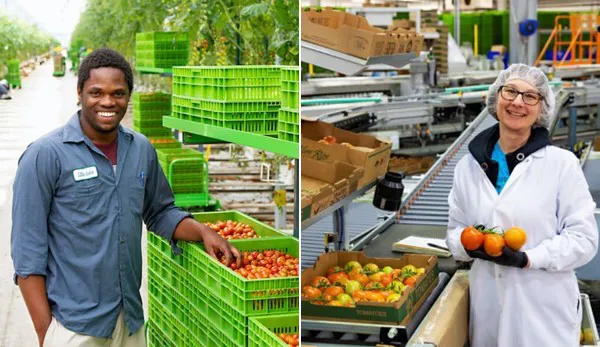“It’s a very important program for us. It has enabled our industry to grow and if we did not have access to these workers who do great jobs and want to work here, we could not have large orchards in the apple industry.” So says Cathy McKay, chair of the Ontario Apple Growers and a grower with Nature’s Bounty Farm of Canada’s Seasonal Agricultural Worker Program (SAWP) that many growers across the country continue to rely on.
Nature’s Bounty Farm is in its 24th season with workers from Mexico, though the program in Canada began in 1966--then only open to workers from Jamaica. McKay says they have the same five workers from Mexico arriving annually at the end of March to start pruning apple trees, tying up trellis trees, helping out with the grower’s pumpkin, squash and pepper crops and harvesting in the fall. The workers are with the grower until early November.
Determining needs
In order to participate in the program, employers/growers must submit a Labor Market Impact Assessment (LMIA) with the federal government. In the past, part of this required that jobs were advertised in three places for Canadian workers first and if these efforts proved unsuccessful, employers could bring in people to work. This stipulation was suspended in January 2022 and looks to be ending next month. In all, some 40,000 workers from Mexico and participating Caribbean countries arrive annually in Canada.
The program continues to help growers with a key part of their business--accessing labor, an issue made more acute since the start of the pandemic. “One thing about orchards is they’re not at the end of a public transit line. We’re a bit isolated and rural and there just aren’t workers nearby,” says McKay.
 To improve transparency with the public, Ontario growers have launched www.morethanamigrantworker.ca to help share some of the stories about workers in Ontario.
To improve transparency with the public, Ontario growers have launched www.morethanamigrantworker.ca to help share some of the stories about workers in Ontario.
Increased documentation
However, the program is coming under what looks to be an increasingly watchful eye--first from the national media with headlines over worker mistreatment. Also though, from government boards. “We’re always looking to have better working conditions and we do have worker housing inspections every year,” says McKay. “Documentation has increased over the years and the LMIA is now smaller than it ever was. We have a lot more audits overall now, both on paper and in person.”
To improve transparency with the public, Ontario growers have launched www.morethanamigrantworker.ca to help share some of the stories about workers in Ontario. “There are interviews and videos with various workers, some who’ve come for 30 years and have built new houses and put their kids through school,” says McKay. “They also talk about how they pay into the Canada Pension Plan so that back home, they can collect CPP once they retire. They’re also covered through health care so if someone goes to the hospital, nobody pays anything.”
Other developments in the program are talks at the federal level to make it easier for workers to gain permanent residency. “That’s what they want. Some people have farms back home--last year, all of our workers told us they were going home to a job in Mexico. However they couldn’t make the money there,” says McKay.
 For more information:
For more information:
Cathy McKay
Ontario Apple Growers/Nature’s Bounty Farm
Tel: +1 (905) 440-0966
[email protected] https://www.naturesbountyfarm.com/
www.onapples.com
